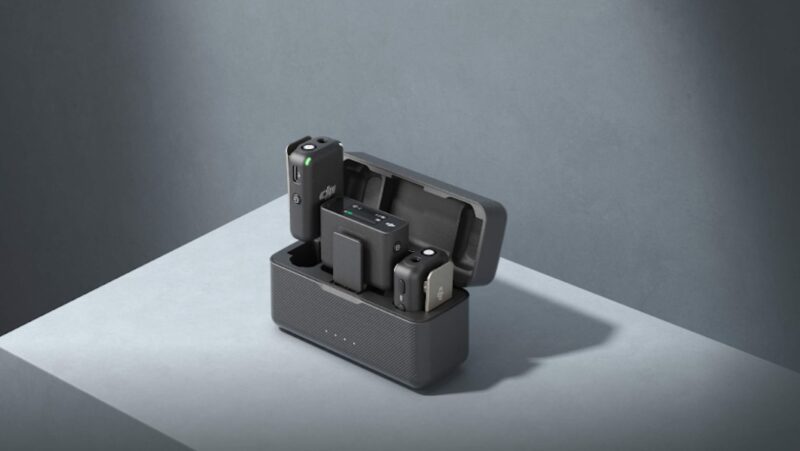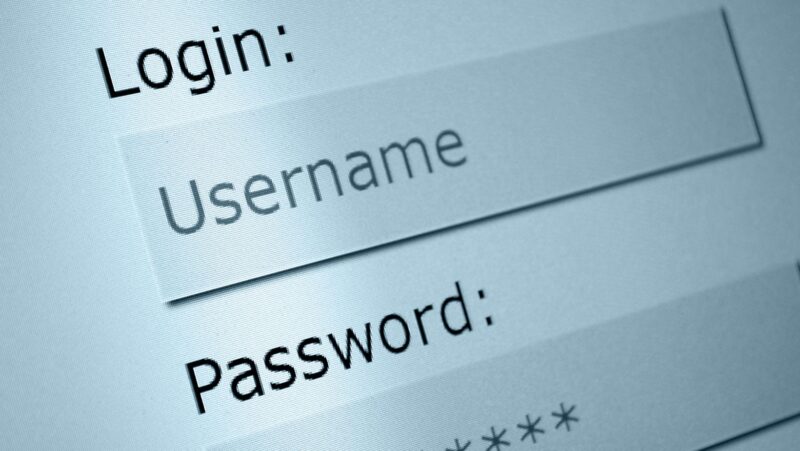
Smartphones have become indispensable devices in our daily lives, connecting us to the digital world of online casinos australia and offering a wide range of features and functionalities.
Alongside their numerous capabilities, smartphones also incorporate essential safety features designed to protect users and their sensitive information. One significant feature is the ability to accept online payments securely, ensuring that financial transactions are safeguarded against potential threats. In this article, we will explore nine key safety features found in smartphones that contribute to a secure and protected user experience.
9 Safety Features of Smartphones
Biometric Authentication: Unlocking Your Device Securely
One of the most common safety features in smartphones is biometric authentication, which includes fingerprint scanning or facial recognition. These technologies provide a secure and convenient way to unlock your smartphone, ensuring that only authorized individuals have access to your device.
PIN, Password, and Pattern Locks: Strengthening Device Security
Smartphones offer the option to set a personal identification number (PIN), password, or pattern lock as an additional layer of security. By using these features, you can prevent unauthorized access to your device, ensuring that your data remains protected.
Remote Lock and Wipe: Protecting Your Data
In the unfortunate event of theft or loss, smartphones often have a remote lock and wipe feature.

This allows you to remotely lock your device or erase its data to prevent unauthorized access and protect your personal information from falling into the wrong hands.
Find My Device: Locating Your Lost or Stolen Phone
Smartphones typically offer a “Find My Device” feature, which uses GPS or other location-tracking technologies to help you locate your lost or stolen phone. This feature can assist in recovering your device or remotely wiping its data if necessary, ensuring your information stays secure.
App Permissions and Privacy Controls: Managing Your Data
Modern smartphones provide granular control over app permissions, enabling users to decide what data and functions an app can access. Privacy controls empower users to manage app permissions effectively, safeguarding their personal information.
Two-Factor Authentication (2FA): Enhanced Account Security
Smartphones often support two-factor authentication, an extra layer of security for online accounts like online casino canada. With 2FA, a user must provide a second verification, such as a unique code sent to their phone, in addition to their password, to access their accounts. This significantly enhances security and protects against unauthorized access.
Secure Browsing and Antivirus Protection: Guarding Against Online Threats
Many smartphones come with built-in secure browsing features that alert users about potentially harmful websites and phishing attempts.

Additionally, users can install antivirus apps and security software to protect against malware, viruses, and other online threats, ensuring a secure digital experience.
Encrypted Messaging and Calls: Ensuring Privacy
Some smartphones offer end-to-end encryption for messaging and calling apps, guaranteeing that your conversations remain private and protected from interception by unauthorized parties. This feature adds an extra layer of security to your communications.
Emergency SOS Features: Swift Access to Help
Smartphones often include emergency SOS features that allow users to quickly call for help in urgent situations. These features typically provide easy access to emergency contacts, medical information, and location details, ensuring rapid response and assistance when needed most.
Summary
As smartphones continue to evolve, manufacturers prioritize user safety by integrating a wide range of essential safety features. From biometric authentication and remote lock/wipe capabilities to secure browsing, encrypted communication, and emergency SOS features, these safety measures help protect users’ personal information and enhance overall device security. It is crucial for smartphone users to leverage and configure these features to






